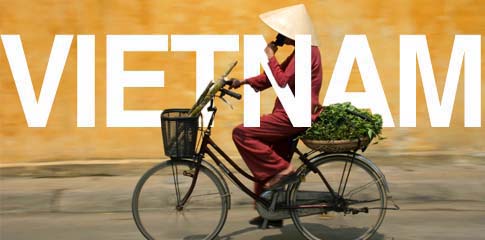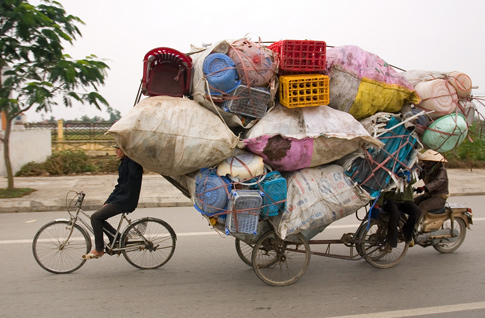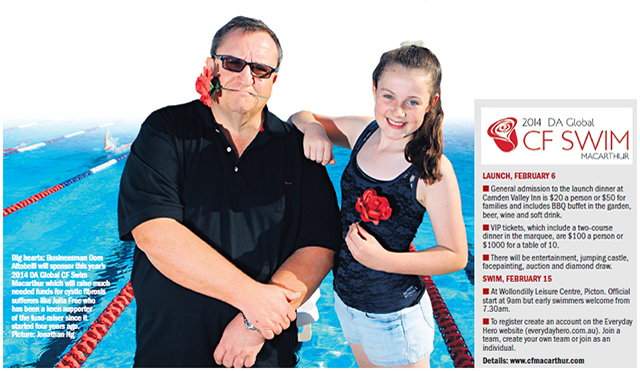Global Logistics Provider
by plane, air, post and person


ACBPN 2014/07 describes the start of the new Infringement Notice Scheme, which comes into effect on Saturday 1 February 2014. Any offences committed on or after Saturday may be subject to significantly higher penalties than previously. Also, a wider range of offences is now covered by the scheme.
For example:

RATES TO GO UP?
The Shipping lines have announced an increase effective 1 September 2010. This is the third announcement since July of pending increases with the other 2 being shelved:
To maintain a high standard of service the participating member lines of AADA (Asia Australia Discussion Agreement) will be implementing a Peak Season Surcharge (PSS) effective 1st September, 2010 . The PSS is necessary to assist carriers to recover in part the extra cost incurred due to upsurge of cargo movement.
From 1st September, 2010 outward shipments with origin in Korea, China, Hong Kong and Taiwan to ports and points in Australia will be levied a PSS of US$300/20’ and US$600/40’ on top of the ocean freight.
The peak season surcharge will be applied for all cargo on the basis of B/L (Bill of Lading) dates.
NEW LINES TAKE A FOOTHOLD.
Since the introduction of TS Line & POS, there has been an increase in capacity for the Australian Trade. This has resulted in rates remaining low in a usually active market. Every year from July, we have historically seen increases in sea freight charges resulting in a doubling of rates. While this year we have not seen the increase we also did not see the very low rates of last year. Stability is not such a bad thing in the market.
FOR THE STATISCALLY MINDED OR WHO’S IMPORTANT THEN?
Below are some interesting statistics compiled by the Australian Government, whoever they are today?
Australia's trade and investment relationship with China:
Australian merchandise trade with China, 2009: Total share: Rank: Growth (yoy):
Exports to China (A$m): 42,353 21.6% 1st 31.0%
Imports from China (A$m): 35,782 17.8% 1st 1.5%
Total trade (exports + imports) (A$m): 78,135 19.7% 1st 15.6%
Major Australian exports, 2009 (A$m): Major Australian imports, 2009 (A$m):
Iron ore & concentrates 21,700 Clothing 3,959
Coal 5,633 Telecom equipment & parts 3,251
Wool & other animal hair (incl tops) 1,382 Computers 2,903
Copper ores & concentrates 1,028 Prams, toys, games & sporting goods 2,128
INDONESIA, ON THE UP?
Indonesia’s economy has posted robust growth in 2008 and one of the rare countries which successfully posted a positive growth rate in 2009, navigating through the global financial turmoil and economic slowdown. In preliminary figures for 2009, the economy charted fairly vigorous growth at 4.3% (yoy) and it is projected at 5.5% in 2010, meanwhile, inflation is predicted to be around 5 percent in 2010.
Indonesia Vice President Boediono said Indonesia’s economy would grow by 7 percent in 2010 as the government plans to boost infrastructure and investment amid the recovery of global economy.
With the target of fiscal deficit 1.6% of GDP in 2010 Budget, fiscal policy is taking into account the need to stimulate the economy and will continue at as lower pace in 2010. Tax policy reform continues with lower tariff and higher compliance.
The Government proposed to spend 61.2 trillion Rupiah in 2010 to boost Indonesia’
economy, slightly down from the 70 trillion Rupiah stimulus package in the 2009 budget, in an attempt to boost investment in the country, Indonesia is to further intensify law enforcement, harmonize investment laws and ameliorate the bureaucracy towards better public services.
SPORT
If you, like me are a soccer nut, then you will rejoice in the start of the EPL. If you are also a Liverpool supporter, prays are conducted every Friday.
Good luck to all teams.
See you next month
Editor in waiting
John Taylor
INDONESIA
Indonesia’s economy has posted robust growth in 2008 and one of the rare countries which successfully posted a positive growth rate in 2009, navigating through the global financial turmoil and economic slowdown. In preliminary figures for 2009, the economy charted fairly vigorous growth at 4.3% (yoy) and it is projected at 5.5% in 2010, meanwhile, inflation is predicted to be around 5 percent in 2010.
Indonesia Vice President Boediono said Indonesia’s economy would grow by 7 percent in 2010 as the government plans to boost infrastructure and investment amid the recovery of global economy.
With the target of fiscal deficit 1.6% of GDP in 2010 Budget, fiscal policy is taking into account the need to stimulate the economy and will continue at as lower pace in 2010. Tax policy reform continues with lower tariff and higher compliance.
The Government proposed to spend 61.2 trillion Rupiah in 2010 to boost Indonesia’
economy, slightly down from the 70 trillion Rupiah stimulus package in the 2009 budget, in an attempt to boost investment in the country, Indonesia is to further intensify law enforcement, harmonize investment laws and ameliorate the bureaucracy towards better public services.
INDIA
Economy :
The Rupee has become stronger by 5 percent in the month of March and I would expect Imports to increase during this period. At the same time Exports could go down or Export sell rates of Products would increase at this stage by 5 percent or so.
India Premier League:
1. As on Sunday morning : only Mumbai Indians are secured of the S/ F berth. The other 3 will be out of 5 teams and this intensely contested Event will go to the wire these last couple of days. These five are :
Royal Challengers Bangalore
Delhi Daredevils
Deccan Chargers Hyderabad
Chennai SuperKings
Kolkata Knight Riders.
2. The IPL 4 will have 2 new teams :
Kochi ( State of Kerala - promoted as God's Own Country on the Southern End of the West Coast ). The promoters bid was usd 380 million.
Pune ( a bustling city 160 kms East of Mumbai in the State of Maharahstra ). This was taken for USD 333 million.
3. Big Controversy has been blowing on the Kochi deal as Politicians, Cricket Stars, possible Underworld Dons have been exposed to have influenced and funded the Kochi consortium. This news has hit since 1 week and important Newspapers are devoting 2 full sheets and Front Page coverage each day.
CHINA
Shanghai's foreign trade up 36pc in February
SHANGHAI'S foreign trade value increased 35.8 per cent year on year to US$22.7 billion in February,
Export value grew 34.5 per cent to $11.4 billion. Import value went 37.2 per cent up to $11.3 billion.
Value of export under general trade surged 61.5 per cent to $39.8 billion, while import increased 38.8 per cent to $5 billion. Export of processing trade grew 19.4 per cent to $63.9 billion. Import value went 24.7 per cent up to $2.5 billion.Export of mechanical and electrical products rose 26.7 per cent to $8.3 billion, while import value increased 31.7 per cent to $6.4 billion. Hi-tech product exports rose 26 per cent to $5.3 billion while imports increased 27.7 per cent to $4 billion.
China's top 100 retailers see big sales rise in Jan-Feb
BEIJING - China's top 100 retailers reported sales increases of 24 percent on average in the first two months this year, indicating the retail market had rebounded to pre-crisis levels, according to figures released Wednesday by the Ministry of Industry and Information Technology.
The statistics showed the 100 retailers' sales growth rate increased by 15.3 percentage points year-on-year. In February alone, the retailers saw sales soar by 79.4 percent from a year earlier to 38.2 billion yuan ($5.6 billion).
Among the major commodities, jewelry, garment and household appliances recorded around 30 percent sales growth each in the Jan-Feb period due to the Spring Festival shopping spree.
Food sales skyrocketed by 91.1 percent last month due to the long holiday, last year's low comparison base and retail price rises.
Sales of cosmetics and daily necessities remained relatively stable in the first two months to stand at 2.8 billion yuan and 6.2 billion yuan, up by 17 percent and 20.2 percent respectively.